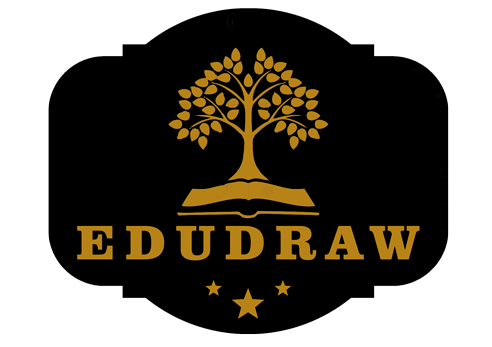In the dynamic landscape of elementary education, assessment plays a crucial role in understanding students’ progress, identifying areas for growth, and celebrating achievements. While traditional testing methods have their place, educators recognize the importance of embracing diverse assessment approaches that cater to the developmental needs and learning styles of young learners. Here, we delve into innovative ways of assessing elementary students that foster engagement, creativity, and a love for learning.
1. Authentic Performance Tasks: Authentic performance tasks provide opportunities for students to demonstrate their understanding and skills in real-world contexts. For example, instead of traditional written tests, students might engage in hands-on projects, presentations, or simulations that require critical thinking, problem-solving, and creativity. Whether designing a model of a historical landmark, conducting a science experiment, or creating a multimedia presentation, authentic tasks encourage active learning and deeper engagement with the curriculum.
2. Formative Assessment Strategies: Formative assessment strategies offer ongoing feedback to students and inform instructional decisions throughout the learning process. Techniques such as questioning, observation, and classroom discussions allow teachers to assess students’ understanding informally and adjust instruction accordingly. Additionally, formative assessment tools such as exit tickets, quizzes, and concept maps provide valuable insights into students’ comprehension and help guide future instruction.
3. Portfolio Assessment: Portfolio assessment provides a comprehensive view of students’ progress and growth over time. Students compile samples of their work, including projects, writing samples, artwork, and other artifacts, to showcase their achievements and demonstrate their learning. Portfolios allow students to reflect on their strengths and areas for improvement, promoting self-assessment and metacognition. They also provide valuable evidence of student growth and development for teachers, parents, and students themselves.
4. Peer and Self-Assessment: Peer and self-assessment encourage students to take an active role in evaluating their own learning and that of their peers. Students can assess each other’s work based on established criteria, providing feedback and constructive criticism. Peer assessment promotes collaboration, communication, and empathy while enhancing students’ understanding of assessment criteria and learning goals. Similarly, self-assessment encourages metacognitive skills and fosters a sense of ownership and responsibility for learning outcomes.
5. Performance-Based Assessments: Performance-based assessments focus on students’ demonstration of skills and competencies through authentic tasks and activities. For example, students might participate in drama performances, musical recitals, or physical education challenges that showcase their abilities and understanding of concepts. Performance-based assessments foster creativity, collaboration, and confidence while providing a more holistic view of students’ abilities beyond traditional measures.
6. Observation and Documentation: Observation and documentation allow teachers to assess students’ learning in naturalistic settings and capture evidence of their progress and development. Teachers observe students’ interactions, behaviors, and engagement during classroom activities, documenting their observations through anecdotal notes, photographs, or videos. Observation and documentation provide rich insights into students’ strengths, interests, and areas for growth, informing future instructional decisions and interventions.
7. Gamified Assessments: Gamified assessments leverage elements of game design to engage students in assessment activities while promoting learning and mastery. For example, students might participate in educational games, quizzes, or challenges that assess their understanding of content in a fun and interactive manner. Gamified assessments harness students’ intrinsic motivation, encourage persistence, and provide immediate feedback, making learning engaging and enjoyable.
In conclusion, assessment in elementary classes encompasses a diverse array of methods and approaches that cater to the unique needs and developmental stages of young learners. By embracing authentic performance tasks, formative assessment strategies, portfolio assessment, peer and self-assessment, performance-based assessments, observation and documentation, and gamified assessments, educators create a dynamic and inclusive assessment framework that fosters engagement, creativity, and a lifelong love for learning. As we continue to innovate and adapt in the realm of assessment, let us prioritize assessment practices that empower students, celebrate diversity, and nurture every child’s potential for success
